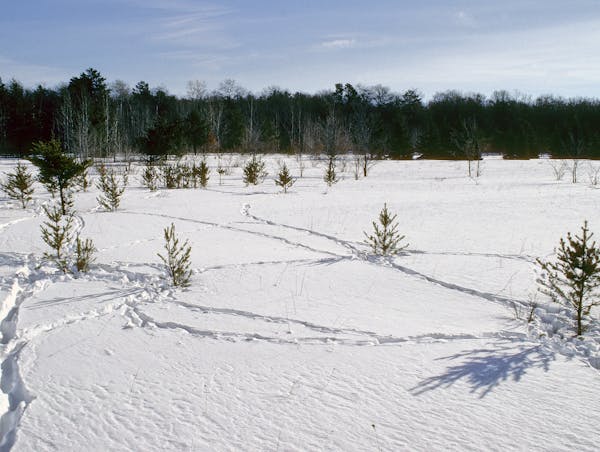Astronomical winter begins in the Northern Hemisphere this year on Dec. 21 at 11:11 a.m., the exact moment our planet Earth is inclined 23½ degrees away from the sun at the North Pole. This point in time is called the winter solstice, when we experience our longest night and shortest day. On this first day of winter the sun is 22½ degrees above the horizon at noon in Mankato, 21½ degrees in Minneapolis and St. Paul, and only 18 degrees in International Falls. On this shortest day of the year, Winona receives about eight hours and 54 minutes of sunlight, the Twin Cities eight hours and 47 minutes and people in International Falls must get by with only about eight hours and 15 minutes.
Daylight is at its lowest ebb for the seven days between Dec. 18 and Dec. 24. This is due to the Earth's elliptical orbit. At this point in its revolution around the sun, the Earth has slowed and things aren't changing much. By Dec. 25 we will have regained a full minute of sunlight, and by Jan. 1 we'll be enjoying an additional five minutes of light.
Even though the sun is at its lowest point in the sky on the winter solstice and from that day on our daylight increases, we won't get our coldest days for another five weeks. Usually there is a lag time of 30 to 40 days after the period of minimum solar radiation, which allows the ground and air to cool as much as possible. Statistically, Jan. 25 is our coldest day of the year.
Jim Gilbert's Nature Notes are heard on WCCO Radio at 7:15 a.m. Sundays. His observations have been part of the Minnesota Weatherguide Environment Calendars since 1977, and he is the author of five books on nature in Minnesota. He taught and worked as a naturalist for 50 years.

Timberwolves defense would benefit from a better offense
Video goes viral of man enduring 'shocking' chain whipping on downtown St. Paul street

